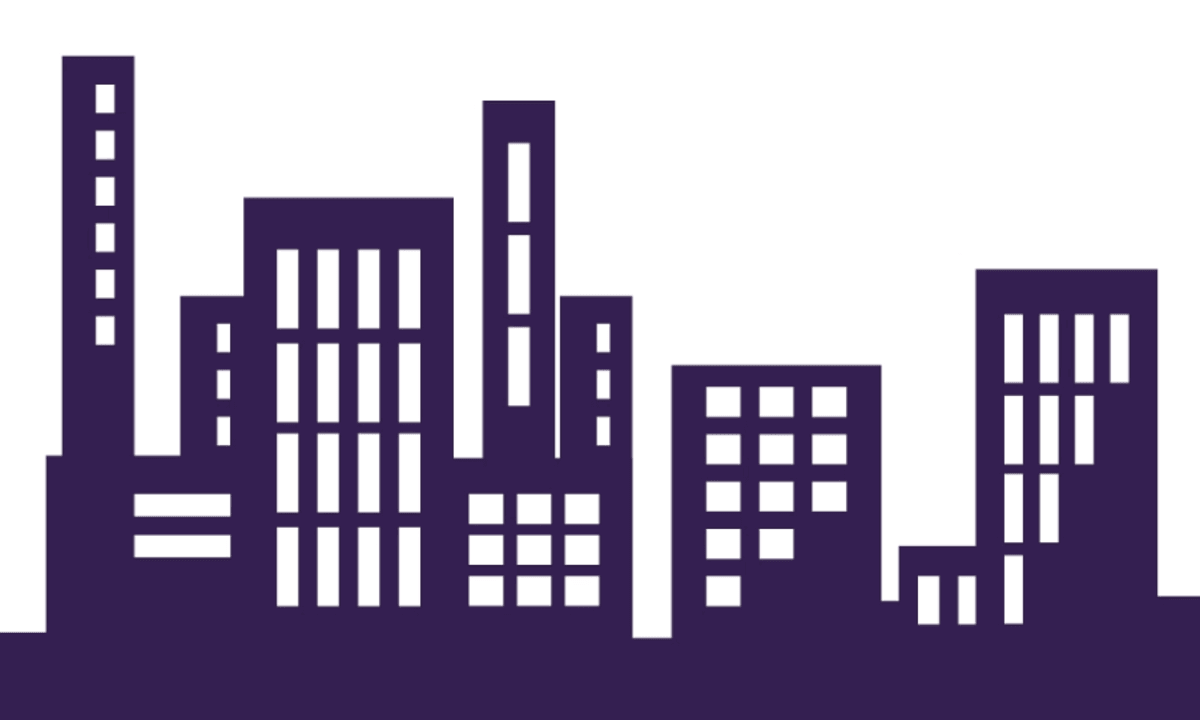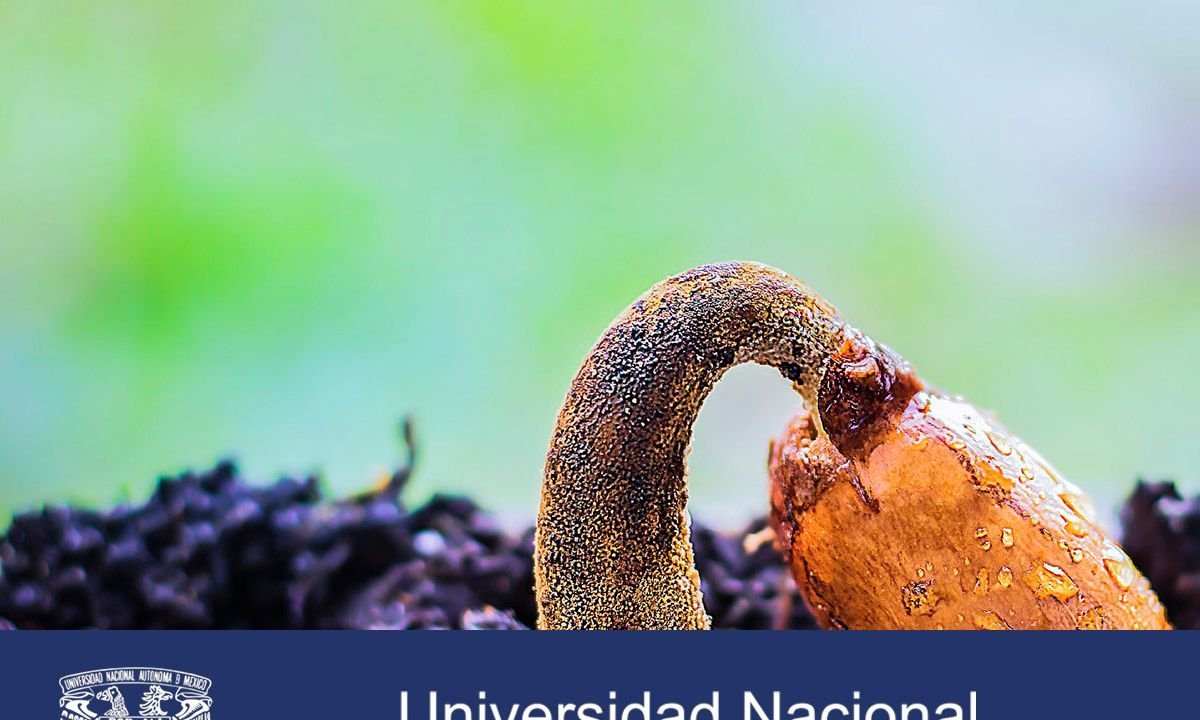GRATIS
University of Amsterdam vía Coursera
GRATISReclaiming the Street for Livable Urban Spaces
Acerca de este curso
- 1 — Understanding Transitions in Mobility
- In the wake of the COVID-19 pandemic, we have seen changes to the streetscape happening in cities all around the world. While the fast pace of these changes is promising for building a world less dependent on automobiles, one unanswered question remains: Are these renewed streets here to stay? In this module, we introduce you to the "transitions framework" to understand how change happens in the mobility system at different scales in society, As we progress through this course, your understanding of this framework will help you identify where your efforts can be best applied in creating change.
- 2 — Streets as Transition Experiments
- How do experiments play out on the street? You will be pleased to discover that creating change in public space can be a bottom-up process driven by temporary initiatives. We examine how temporary experiments can then be solidified into policies and permanent street changes after a successful experiment concludes. Oakland, USA and Milan, Italy are two places where policy makers have announced ambitious plans to transform their streets after witnessing a high level of political support for their experimental initiatives.
- 3 — Living World vs. System World
- What happens when citizens encounter a bureaucracy? It is no easy feat to instill a system level change in large systems, whether it is government or another large technocratic organization. But even the largest bureaucracies are staffed by individual people, just like you and me. Where front-line individuals of an organization meet their constituents, the results can be particularly interesting. With certain rules and procedures in place, street-level professional have to be creative in how they navigate the conservative system world in order to create change that matters in the dynamic living world. We go to France to understand how activist groups have deployed their tactics to create change in the bureaucracy.
- 4 — Redefining Traffic in Cities
- What is the role of traffic in our cities? While mobility (virtual and physical) is essential to accessing opportunity, is it possible to achieve mobility without traffic? In this block, you will read an academic paper that visits five cities around the world to explore creative solutions to the problem of traffic. In doing so, we find that by moving people more efficiently, we are able to repurpose the reclaimed space for more valuable uses, even in the middle of a highway. As it turns out, changing the way we talk about traffic, especially moving away from utilitarian language, is a powerful way to change perceptions of traffic for yourself and others.
- 5 — Guerilla Style
- What can individuals do to change the system? As it turns out, a connected group individuals united in a common goal is far more effective at creating change than any one person alone. You will read about how activists in London and Amsterdam leverage their internal and external relationships to mediate between themselves and the bureaucracy. We then go to New York for a reminder that traffic is not carved in stone. It is a clear sign of change when streets are eerily empty in a famous city known for its gridlock traffic.
- 6 — Wrapping up the Course
Cursos relacionados

GRATIS Aprendiendo a aprender: Poderosas herramientas mentales…
Deep teaching solutions
Español

GRATIS Programación para todos (Introducción a Python)
University of Michigan
Inglés

GRATIS The Science of Well-Being
Yale
Inglés

GRATIS Negociación exitosa: Estrategias y habilidades esenciales
University of Michigan
Inglés

GRATIS Primeros Auxilios Psicológicos (PAP)
Universitat Autónoma de Barcelona
Español



